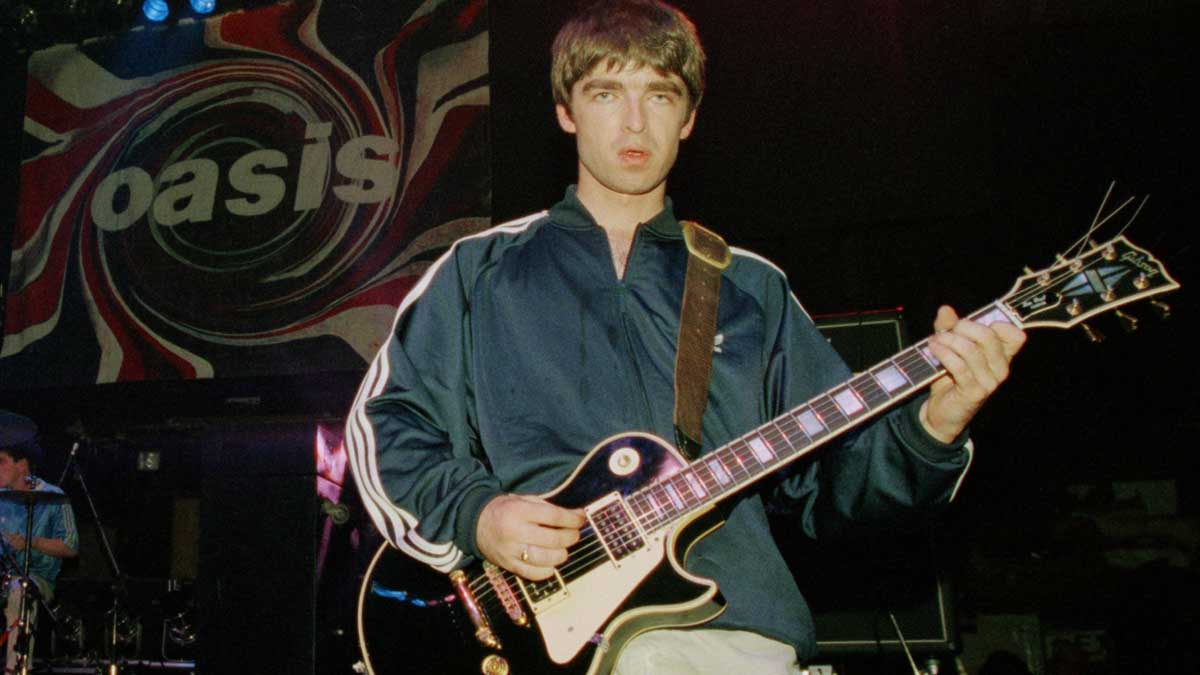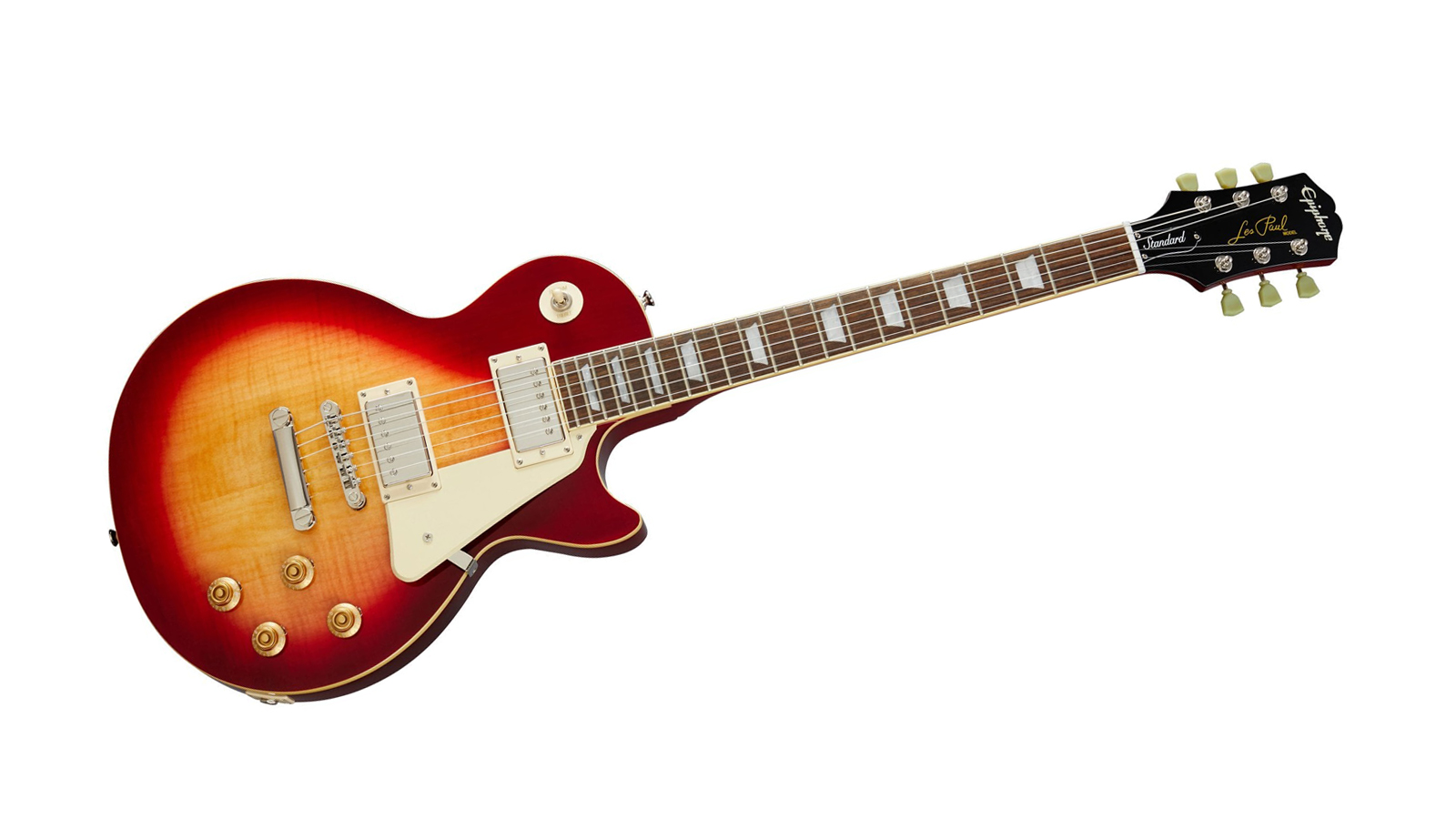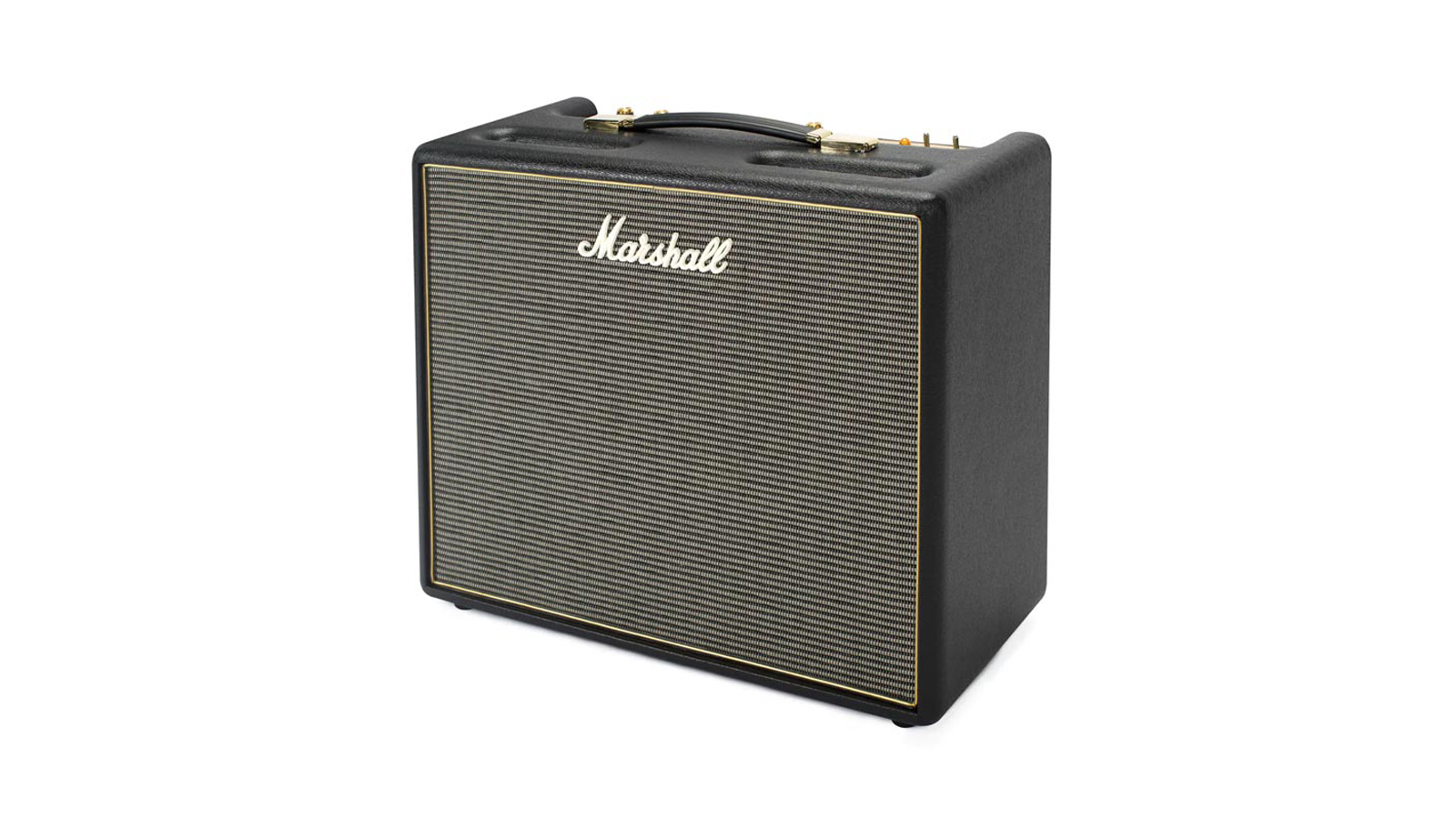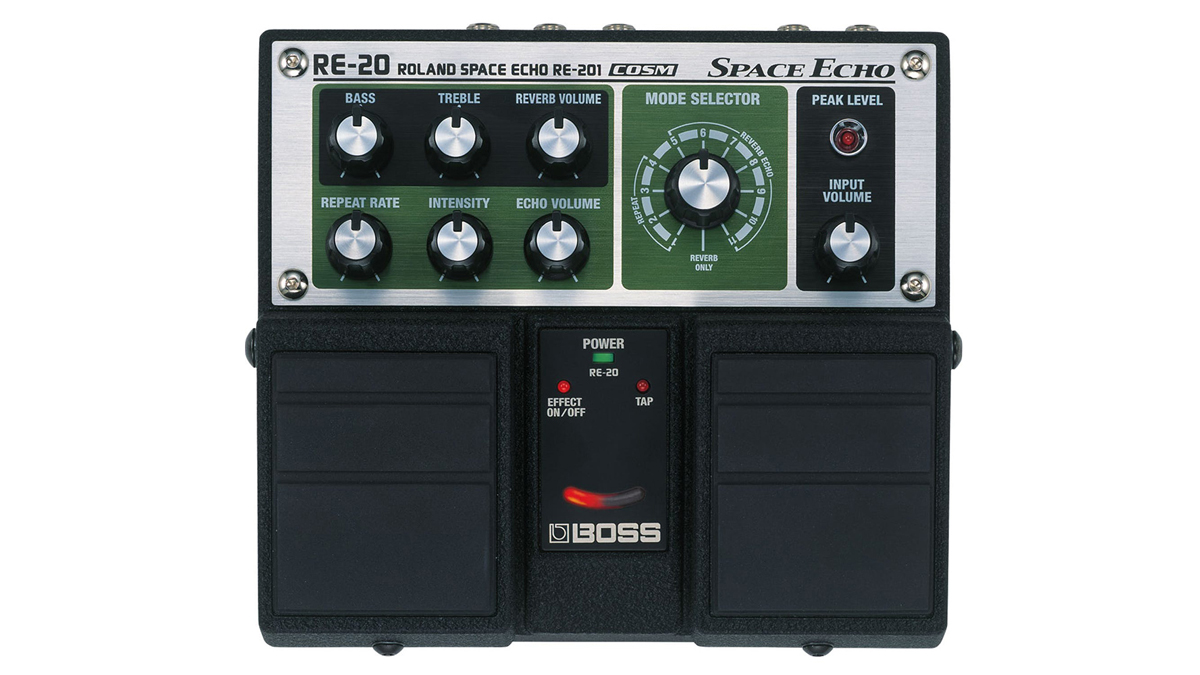The secrets behind Noel Gallagher's guitar tone on Oasis's Supersonic
No need to break the bank to replicate the huge tones on this 1994 Britpop anthem

Noel Gallagher is known for having a pretty damn sweet guitar collection that includes vintage Gibson Les Pauls and ES-355s, Epiphone Sheratons and Rivieras, Telecasters, Rickenbackers and much more.
However, long before Oasis became a multi-Platinum-selling sensation, his rig was about as modest as it gets. In December 1993 when Oasis recorded their first single, Supersonic, at the Pink Museum recording studio in Liverpool, all he had was an Epiphone Les Paul Standard, a used WEM/Watkins Dominator MKIII combo and a Roland RE-201 Space Echo (back when one could be bought for a few hundred bucks instead of a few thousand like today).
GUITAR: c. early '90s Epiphone Les Paul Standard (bridge pickup) Volume: 10, Tone: 10
AMPS: c. early '70s Watkins/WEM Dominator MK III combo (Chan-nel 2 input, Volume: 10, Bass: 4, Treble: 6) with Celestion G12H 30-watt 12-inch speaker
EFFECTS: Roland RE-201 Space Echo (Instrument input, Echo On, Instru-ment Volume: 6, Mode: 1, Repeat Rate: 4, Intensity: 4, Echo Volume: 10, Output: H)
STRINGS/TUNING: Ernie Ball Regular Slinky .010-.046/Standard
PICK: Dunlop Tortex .88mm
The Dominator combo is the secret weapon here, as the amp was unfairly maligned by tone snobs for decades and has only recently caught the attention of collectors. Marshall’s legendary 18-watt amps famously appropriated the circuit of original early '60s Watkins Dominator, with its distinctive V-shaped cabinet and two-tone blue-and-white cosmetics.
But even though the appearance of the Dominator changed drastically over the years, its basic circuit underwent only minor updates, such as swapping a solid-state rectifier for the tube version, ditching the tremolo circuit and changing the EQ from a single tone knob to separate treble and bass controls. As a result, even Dominator models from the '70s still deliver similar mojo to an 18-watt Marshall for a lot less bucks.
Gallagher initially overdubbed several rhythm tracks in an attempt to build a wall of sound, although engineer Dave Scott later stripped down his rhythm part to only a pair of tracks during mixing.
Gallagher’s Epiphone Les Paul through the Dominator is the first guitar track heard, joined around the 30-second mark by a heavier, fuzzier rhythm guitar played by Bonehead using a Gibson SG through a Marshall JCM900 half stack.
Gallagher employed the same Epiphone/WEM rig for the lead overdubs, but Scott employed a handful of tricks to make the parts stand out, including placing the Dominator in a stone room with close and distance mics and recording a second unison overdub with the tape varispeed slightly sped up to thicken the guitar tone via natural detuned chorus.
Get The Pick Newsletter
All the latest guitar news, interviews, lessons, reviews, deals and more, direct to your inbox!
It appears that Gallagher didn’t use his Roland RE-201 Space Echo during the session, but he did use the tape delay unit in live performance to replicate the thick, slapback-like lead guitar sound crafted for the recording.
Get the sound, cheap!

Epiphone Les Paul Standard '50s

Marshall Origin 20C

Boss RE-20 Space Echo
TONE TIP: Crank up the Master control all the way and slowly bring up the Gain just past the brink of overdrive. To generate Manchester grunge you need dynamics, brightness and sparkle instead of compressed crunch.
- Definitely Maybe (Remastered) is available now via Big Brother Recordings Limited.
Chris is the co-author of Eruption - Conversations with Eddie Van Halen. He is a 40-year music industry veteran who started at Boardwalk Entertainment (Joan Jett, Night Ranger) and Roland US before becoming a guitar journalist in 1991. He has interviewed more than 600 artists, written more than 1,400 product reviews and contributed to Jeff Beck’s Beck 01: Hot Rods and Rock & Roll and Eric Clapton’s Six String Stories.
“I was in a frenzy about it being trapped and burnt up. I knew I'd never be able to replace it”: After being pulled from the wreckage of a car crash, John Sykes ran back to his burning vehicle to save his beloved '76 Les Paul
“His songs are timeless, you can’t tell if they were written in the 1400s or now”: Michael Hurley, guitarist and singer/songwriter known as the ‘Godfather of freak folk,’ dies at 83











